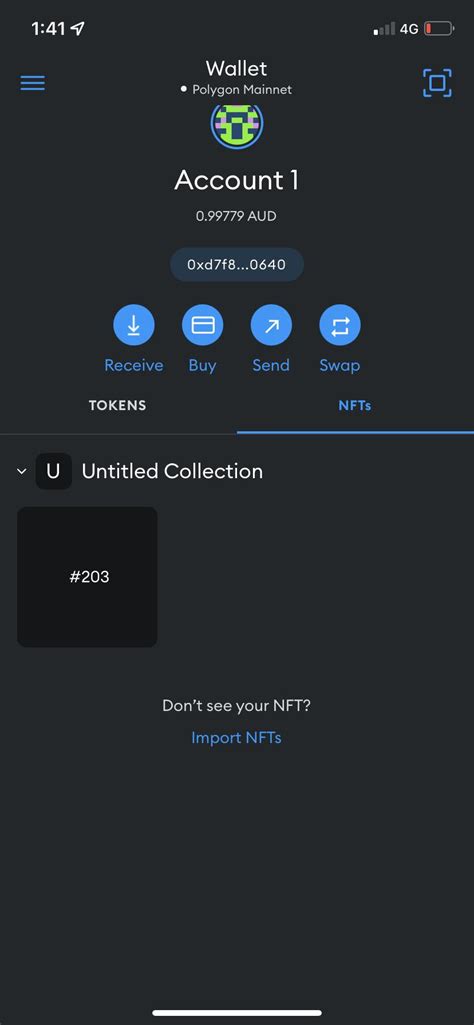Metamask: Can we sign and send a transaction using Metamask on behalf of the backend (nodeJ)?
Signing Transactions Using Metamask in NodeJS
When building a decentralized application (dApp) using Web3.js, a popular JavaScript library for interacting with the Ethereum blockchain, you need to consider how to sign and send transactions from the frontend (web application) to a backend node. In this article, we will explore the equivalent of signing transactions using Metamask in NodeJS.
What is Metamask?
Metamask is a popular Chrome extension that allows users to securely manage their Ethereum wallet. It provides a simple way to store and manage private keys, allowing you to interact with decentralized applications (dApps) without exposing sensitive information. When it comes to signing transactions using Metamask in NodeJS, we will focus on the backend aspect of this process.
Signing Transactions via Web3.js
To sign transactions using Web3.js, you need to create a new instance of the Web3 provider using the web3 library. Then, use the signTransaction method to sign your transaction data.
Here is an example code snippet:
const web3 = require('web3');
// Configure your Web3 provider (e.g. Infura, MetaMask)
const provider = new web3.providers.HttpProvider('
// Create a new instance of the Web3 provider
const web3Instance = new web3(provider);
// Set your transaction data
const transactionData = {
to: '0xSomeAddress', // recipient address
value: '1 ether', // transaction amount
gasLimit: '20', // gas limit for the transaction
chainId: 1, // Ethereum network ID (mainnet)
};
// Sign your transaction using Web3
web3Instance.signTransaction(transactionData).then((signedTransaction) => {
console.log('Signed transaction:', signedTransaction);
});
In this example, we create a new instance of the ‘web3’ provider and use it to sign a transaction data object. The signTransaction method returns a signed transaction object, which you can then use to submit your transaction.
Metamask Signing Equivalent
When signing transactions via Metamask in NodeJS, you will need to set up a backend service that allows users to interact with the Ethereum blockchain from their frontend (web application). Here are some possible steps:
- Create a new NodeJS server: Set up a new NodeJS server using Express.js or another framework of your choice.
- Store user private keys securely: Store user private keys securely, for example using a hardware wallet (e.g. Ledger, Trezor) or a secure key storage service such as MetaMask’s MetaMask API.
- Generate signing credentials

: Generate signing credentials for each user by retrieving their private keys from the secure key storage service.
- Create a new Web3 instance: Create a new instance of the
web3library and configure your Ethereum provider (e.g. Infura, MetaMask).
- Sign transactions using signing credentials: Use the generated signing credentials to sign transactions in your backend service.
Here is an example code snippet:
“`javascript
const express = require(‘express’);
const app = express();
const web3 = require(‘web3’);
// Configure the Ethereum provider and generate signing credentials
const provider = new web3.providers.HttpProvider(‘
const userPrivateKeys = await fetchUserPrivateKeys(); // retrieve user’s private keys from secure key storage service
// Create a new Web3 instance and set your Ethereum provider
const web3Instance = new web3(provider);
const signingCredentials = generateSigningCredentials(userPrivateKeys);
// Sign transactions using signing credentials
app.post(‘/sign-transaction’, (req, res) => {
const transactionData = req.body;
web3Instance.signTransaction(transactionData, signingCredentials).then((signedTransaction) => {
console.


